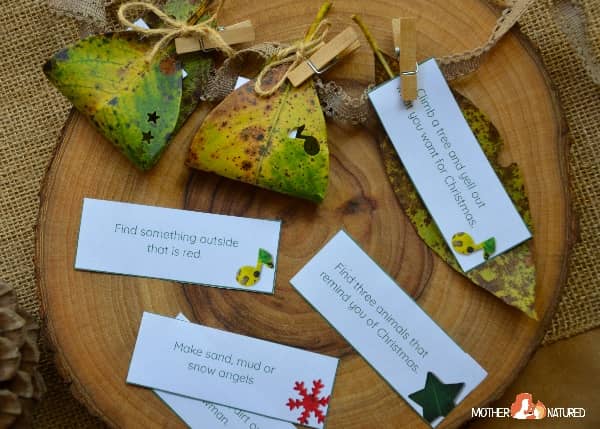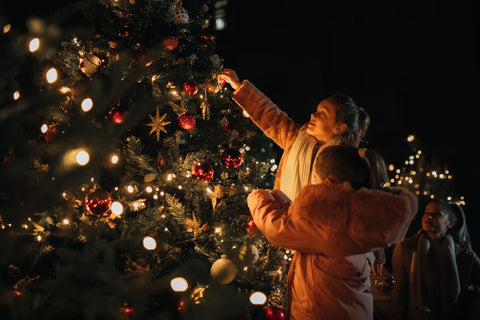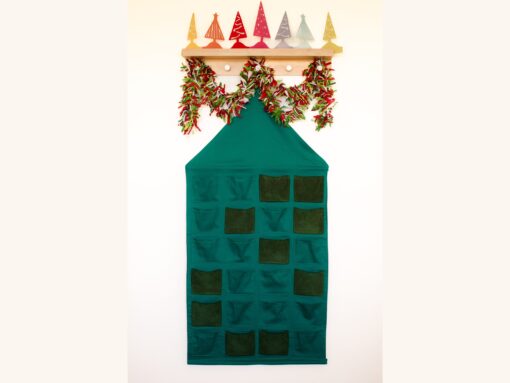
Honoring the Light: A Solstice Celebration with Beeswax Candles, Ice Lanterns, and Wassail
Imagine a world hushed, blanketed in winter's embrace, where the sun seems to slumber. On the Winter Solstice, the longest night gives way to the faintest glimmer of hope – the promise of returning light. During this time, many of us yearn for simplicity, deeper connections, and quiet reflection.
As the longest night descends, we invite you to celebrate the return of the light with three time-honored traditions: the gentle glow of beeswax candles, their subtle honey scent filling the air; the ethereal beauty of ice lanterns, shimmering like frozen stars; and the comforting warmth of spiced Wassail, its fragrant steam a promise of cozy evenings. These simple practices offer a way to connect with nature, honor the season's rhythm, and bring light and joy into your home.
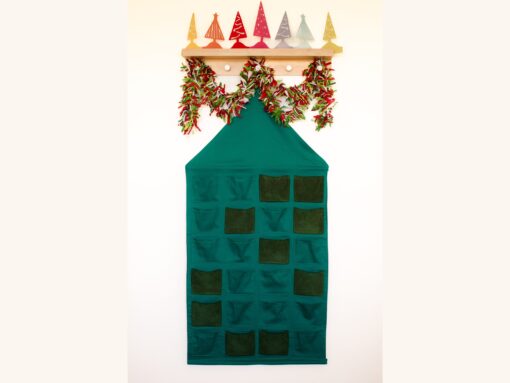
The Significance of the Winter Solstice
The Winter Solstice marks a pivotal moment in the Earth's journey around the sun. It's the day when the Northern Hemisphere experiences the shortest period of daylight and the longest night of the year. This phenomenon occurs because of the Earth's axial tilt, which causes different parts of the planet to receive varying amounts of sunlight throughout the year.
For centuries, cultures around the world have recognized and celebrated the Winter Solstice, often with rituals and traditions that emphasize themes of rebirth, renewal, and the triumph of light over darkness. The Roman Saturnalia, a festival of feasting and revelry, honored the god Saturn and celebrated the coming of a new era. In Norse tradition, Yule marked a time to honor the Wild Hunt and the rebirth of the sun. Many cultures lit bonfires to encourage the sun's return, a symbolic gesture of hope and anticipation. Lighting candles, particularly beeswax candles, on this day is a modern echo of that ancient practice, a way to represent the returning light and bring warmth to our homes during the darkest days.
Beeswax Candles: Crafting a Natural Light
When it comes to lighting our homes, the choices we make matter. Beeswax candles offer a natural and sustainable alternative to paraffin or soy candles, bringing with them a host of benefits for our health and the environment.
Paraffin candles, derived from petroleum, can release harmful toxins into the air when burned. Soy candles, while often marketed as a natural alternative, are frequently made from soy grown in monocultures, using unsustainable agricultural practices.
Beeswax candles, on the other hand, provide a cleaner and healthier option.
- Clean Burning: Beeswax candles produce up to 70% less soot than paraffin candles, minimizing air pollution and potential health risks.
- Natural Aroma: They emit a subtle, natural honey scent that is calming and grounding, unlike the artificial fragrances often added to other candles.
- Sustainable Resource: Beeswax is a renewable resource produced by bees, supporting sustainable practices when sourced responsibly. Look for local beekeepers who practice ethical and sustainable beekeeping.
Here’s a simple recipe to create your own beeswax candles and bring a touch of natural light into your home.
Materials:
- 1 pound of pure, filtered beeswax pellets (sourced from a local apiary, if possible).
- Natural cotton wicks (pre-waxed, size #6 for medium jars).
- Glass jars or containers (upcycled 8-ounce mason jars with smooth sides for easy cleaning).
- Essential oils (optional, such as 5 drops of lavender (Lavandula angustifolia) for relaxation, 5 drops of rosemary (Rosmarinus officinalis) for clarity, or 5 drops of cedarwood (Cedrus atlantica) for grounding). Ensure the essential oils are 100% pure and therapeutic grade.
- Double boiler or heat-safe Pyrex bowl and stainless steel saucepan.
- Candy thermometer.
- Wooden clothes pins or wick stickers.
Instructions:
- Melt the beeswax in a double boiler or heat-safe bowl over simmering water, stirring occasionally with a wooden spoon until completely melted. Use a candy thermometer to monitor the temperature, ensuring it does not exceed 185°F (85°C). Overheating can damage the wax.
- If using essential oils, add the specified number of drops to the melted beeswax and stir gently for 30 seconds to combine thoroughly. Avoid vigorous stirring, which can create air bubbles.
- Attach the wicks to the bottom of the jars using wick stickers or a dab of melted beeswax. Ensure the wick is centered.
- Center the wicks using clothes pins or wick holders, ensuring they are straight and secure.
- Carefully pour the melted beeswax into the prepared jars, leaving about an inch of space at the top. Avoid pouring too quickly, as this can create air pockets.
- Allow the candles to cool completely at room temperature for several hours or overnight. Do not place them in the refrigerator, as this can cause the wax to crack.
- Trim the wicks to ¼ inch before lighting. Use wick trimmers for a clean cut.
Safety Precautions: When working with hot wax, use oven mitts and exercise caution. Never leave melting wax unattended.
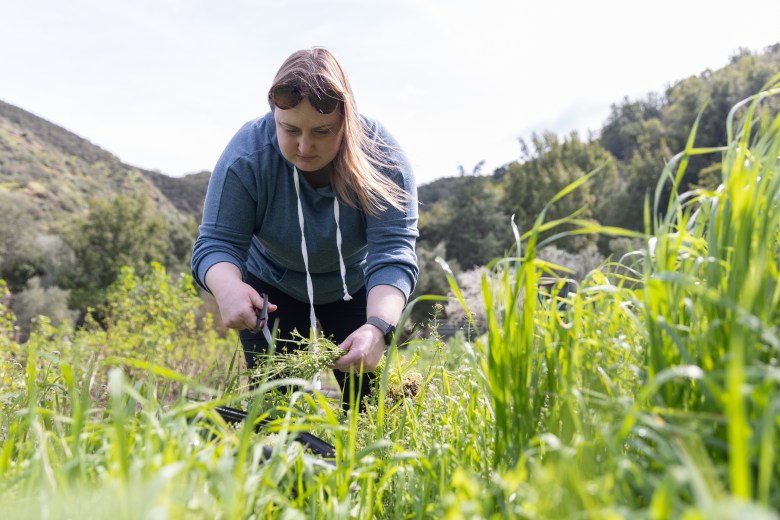
Ice Lanterns: Illuminating the Winter Landscape
Ice lanterns bring a simple beauty and ethereal glow to the winter landscape. The light shining through the ice crystals creates a magical effect, transforming ordinary evenings into something extraordinary.

Materials:
- Two plastic buckets or containers (one 5-gallon bucket and one 3-gallon bucket).
- Water (tap water works fine, but distilled water will result in clearer ice).
- Natural decorations (evergreen sprigs from a Douglas fir or white pine, bright red cranberries, small pinecones, thin slices of oranges or lemons dehydrated in the oven at 200F for 3 hours to prevent spoilage).
- Tea light candles or battery-operated LED candles (warm white for a soft glow).
- Heavy-duty rubber gloves (to protect hands from cold water).
Instructions:
- Place the smaller bucket inside the larger bucket, centering it as much as possible. Use small stones or bricks in the bottom of the smaller bucket to weigh it down and keep it centered.
- Fill the space between the two buckets with water. Add enough water to come within 2 inches of the top of the smaller bucket.
- Add natural decorations to the water, arranging them as desired. Submerge them partially for a more natural look.
- Place the buckets in a freezer or outdoors in sub-freezing temperatures (ideally between 20°F and 30°F or -7°C and -1°C) for several hours or overnight, until a layer of ice has formed (about 1-2 inches thick). Check periodically. The freezing time will vary depending on the temperature.
- Remove the buckets from the freezer or outdoors and carefully pour warm water into the smaller bucket to loosen it. Remove the smaller bucket. If the ice lantern sticks, try gently wiggling the smaller bucket until it releases.
- Turn the larger bucket upside down and gently tap it with a rubber mallet to release the ice lantern. If it doesn't release easily, try running warm water over the outside of the bucket.
- Place a tea light candle or battery-operated LED candle inside the ice lantern and enjoy the glow. Place the ice lantern on a plate or tray to catch any drips as it melts.
For a more vibrant effect, add colored water using natural food coloring derived from beets, spinach, or blueberries. For a light pink tint, add 1 tablespoon of beet juice per gallon of water.
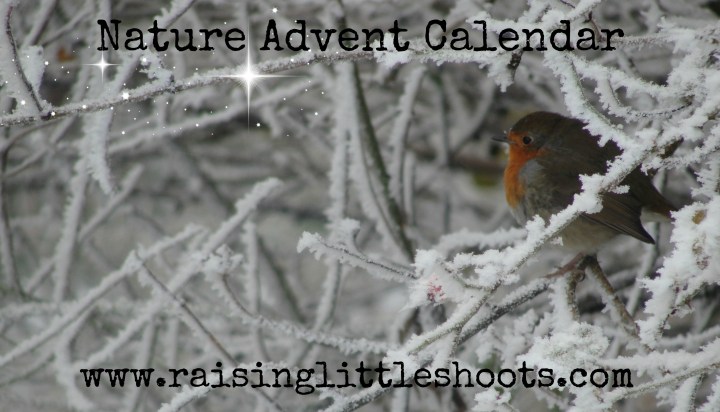
Wassail: A Spiced Winter Warmer
Wassail is a traditional spiced beverage enjoyed during the Winter Solstice and Christmas season. The word "wassail" comes from the Old English "wes hál," meaning "be well" or "be whole." It's a drink meant to warm the body and soul during the coldest months of the year.
Ingredients:
- 8 cups unfiltered apple cider (organic preferred).
- 1 organic orange, sliced into ¼-inch thick rounds.
- 1 organic lemon, sliced into ¼-inch thick rounds.
- 4 Ceylon cinnamon sticks (for a more delicate flavor).
- 1 teaspoon whole cloves.
- ½ teaspoon freshly grated nutmeg.
- ¼ teaspoon ground ginger.
- Optional: ¼ cup brandy or dark rum (for an adult version).
Instructions:
- Combine all ingredients in a large pot or slow cooker.
- Bring to a simmer over medium heat, then reduce heat to low and simmer for at least 30 minutes to allow the flavors to meld. Simmering longer will result in a richer, more complex flavor.
- If desired, add a splash of brandy or dark rum for an adult version. Stir gently to combine.
- Strain the Wassail through a fine-mesh sieve or cheesecloth to remove the spices and fruit slices. Discard the solids.
- Serve warm in mugs and enjoy! Garnish with a cinnamon stick and an orange slice.
Traditionally, Wassail was used for toasting the health of apple trees in hopes of a bountiful harvest. Today, it's a delicious and comforting way to celebrate the season with friends and family.
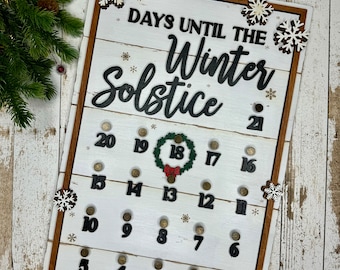
Honoring the Solstice Spirit
Embrace the spirit of the Winter Solstice by slowing down, reflecting on the past year, and setting intentions for the future. Consider journaling prompts like: "What am I grateful for from the past year?" and "What are my hopes for the year ahead?". Spend time in nature, even on the shortest day of the year. Take a walk in the woods, even if it's just for 15 minutes, and observe the beauty of the winter landscape. Connect with family and friends by gathering around a fire, sharing stories, and playing games.

Conclusion
Celebrating the Winter Solstice with beeswax candles, ice lanterns, and Wassail offers a beautiful and simple way to honor the returning light and embrace the spirit of the season.
Share your solstice celebrations on social media using #BetterHomesHarvestSolstice and tag @BetterHomesandHarvests.
May the returning light bring you hope, peace, and joy. Happy Solstice! Share your own Solstice traditions in the comments below.
